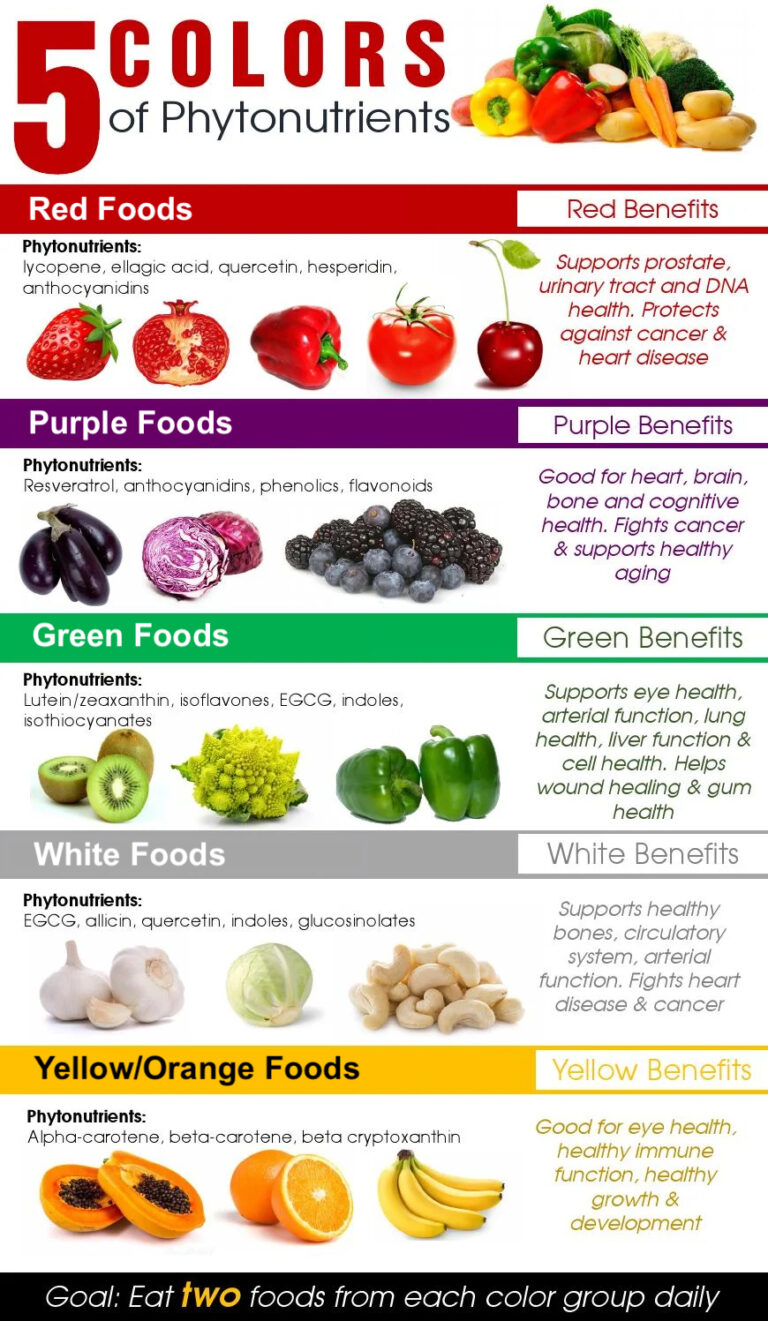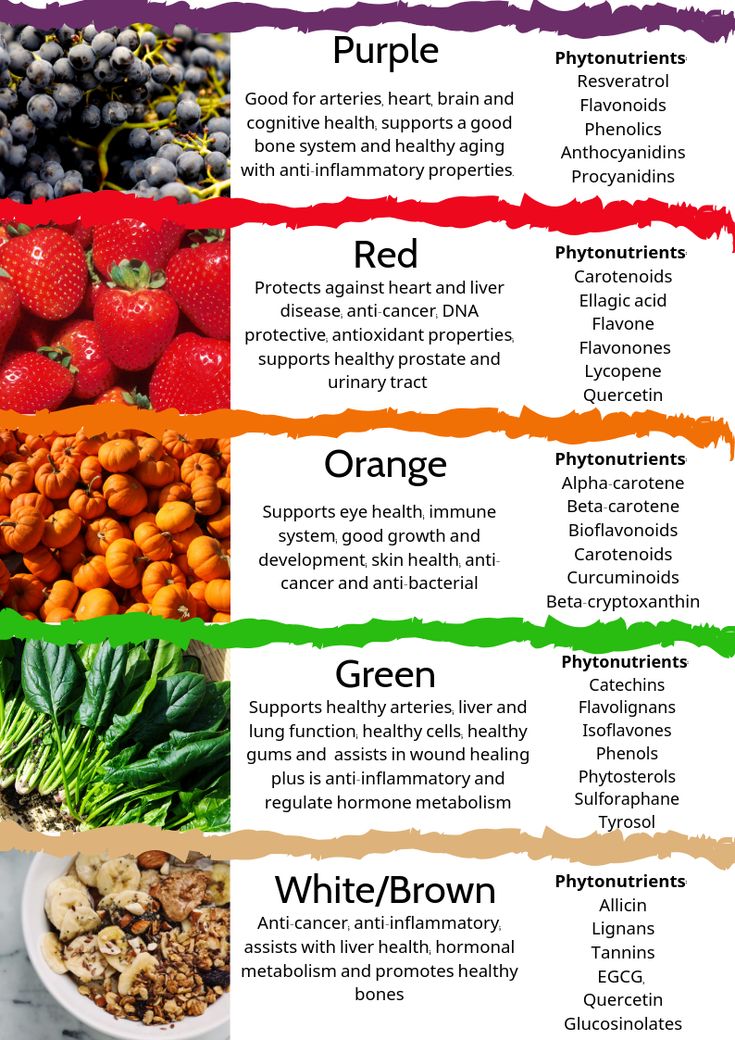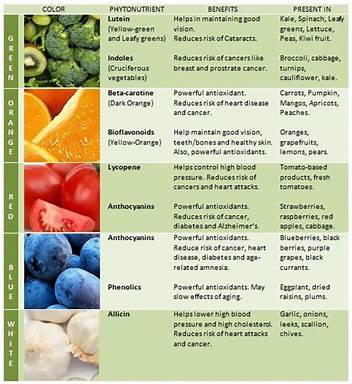Let's Talk About Antioxidants!
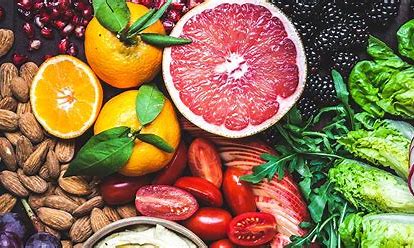
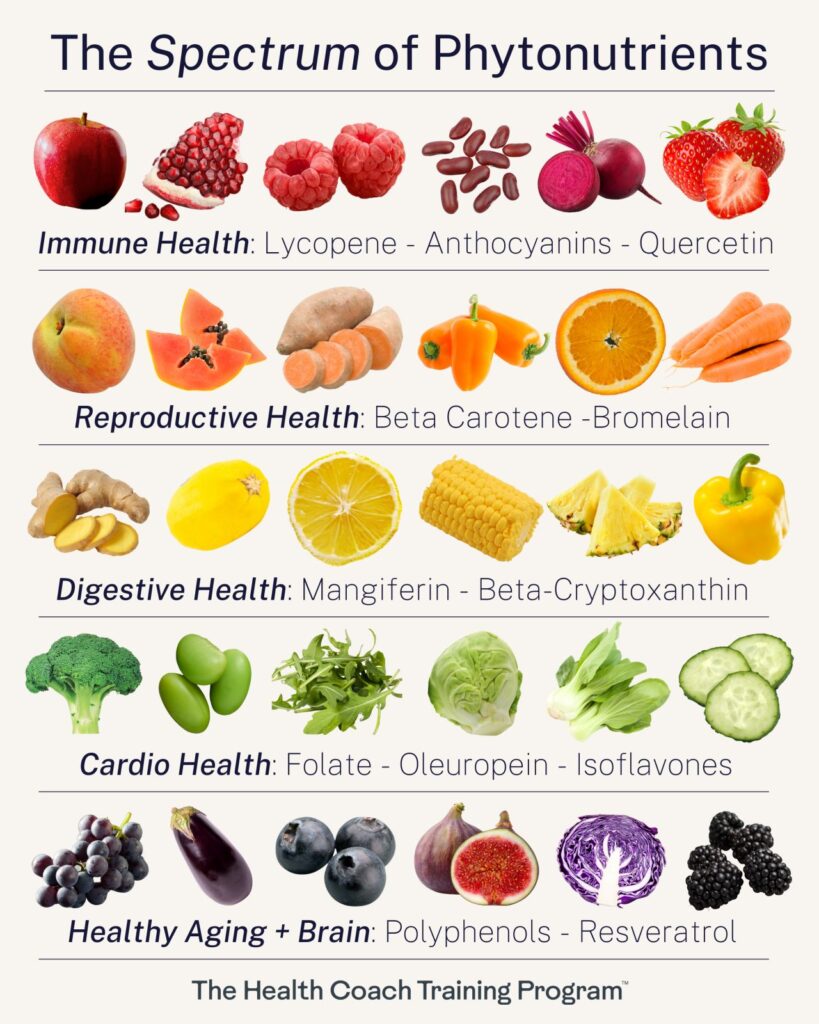
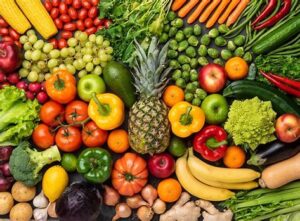
What are Antioxidants?
1. Free Radicals & Antioxidants:
1.1. What are Free Radicals?
Free radicals are molecules that easily loose electrons, making them unstable, and causing them to seek out other molecules’ electrons for stability (damaging other molecules and their tissues in the process).
Do you remember the kid at lunchtime who always had the worst lunch? Just a plain Bologna sandwich and a carton of white milk; no chips, no dessert? That kid who always wanted to trade but didn’t have anything to trade with? Or the bully kids you see in movies who steal other kids’ lunch goodies and lunch money? Those kids are the lunchroom equivalents of FREE RADICALS.
1.2. What are Antioxidants?
Antioxidants are molecules that have an extra electron to donate without losing stability themselves. They are replenishing and can donate electrons to stabilize free radicals, thus promoting overall health.
Do you remember that kid in the lunchroom who always had an amazing lunch? Sometimes their mom brought their lunch to them hot? They always had gourmet chips, a desert, a snack, and usually they had an extra one or two to share? That kid is the lunchroom equivalent of an ANTIOXIDANT.
2. Antioxidants in the Human Body:
There are thousands of different substances that can act as antioxidants in the body, including vitamins, minerals, and a variety of phyto- and micronutrients. Common antioxidants include:
VITAMINS are organic compounds essential for growth that cannot be synthesized in the body so must be consumed in the diet. Vitamin A (Retinol), Vitamin E (Tocopherols), and Vitamin C (Ascorbic Acid) are antioxidant vitamins.
MINERALS are solid chemical elements or compounds that occur naturally in nature in crystal form and are either essential in the diet for life (e.g., “essential minerals”) or are required in trace amounts (e.g., “trace minerals”). Magnesium and Selenium are essential- and trace antioxidant minerals.
POLYPHENOLS are plant compounds with more than one phenolic hydroxyl group in their chemical structure that act as potent antioxidants and anti-inflammatory compounds with a variety of health benefits. There are four main categories of polyphenols: Flavonoids, Phenolic Acids, Polyphenolic Amides, and “Everything Else.”
- Flavonoids (60% of Polyphenols) include quercetin, kaembferol, catechizes, and anthocyanins found in apples, onions, dark chocolate, and red cabbage.
- Phenolic Acids (30% of Polyphenols) includes ferulic acid and chlorogenic acid found in coffee and cereal grains.
- Polyphenolic Amides include capsaicinoids (found in chili peppers) and avenanthramides (found in oats).
- Other Polyphenols include resveratrol (found in red wine), cur cumin (found in turmeric), lignins (found in flax, sesame, and grains), stilbene (found in grapes and berries), and ellagic acid (found in berries).
All polyphenols (including all flavonoids, phenolic acids, and phenols) are antioxidants.
TERPENOIDS are organic compounds (including terpenes, diterpenes, and sesquiterpenes) that have unsaturated molecules composed of linked isoprene unites that are naturally occurring in plants with numerous antioxidant, anti-inflammatory, and additional health benefits. Carotenoids like alpha- and beta-carotene are just one class of antioxidant terpenoids.
PHYTOESTROGENS are a type of estrogen occurring naturally in legumes with many health and antioxidant benefits. Soy products (edamame, tofu, miso, and tempeh), legumes, flax, sunflower sees, sesame seeds, almonds, walnuts, apples, carrots, pomegranates, yams, lentils, sprouts, mung beans, red flavor, licorice root, hops, coffee, bourbon, beer, and red wine are great sources of phytoestrogens.
COENZYMES are nonprotein compounds necessary for enzyme function. Glutathione is an antioxidant coenzyme derived from dietary glutamic acid, cysteine, and glycine. Coenzyme Q10 is another antioxidant coenzyme that is naturally produced in the body and also found in dietary sources (e.g., meats, fish, nuts) with a variety of health benefits.
LIPOIC ACID is a naturally-occurring organosulfur compound derived from caprylic acid (octanoic acid) that is also an antioxidant (also called a-lipoic acid, alpha-lipoid acid (ALA), and thioctic acid).
Most antioxidants are naturally occurring, and their presence in food is likely to prevent oxidation or to serve as a natural defense against the local environment.
The figures below provide some great examples of foods that are high in a variety of antioxidant polyphenols and other phytonutrients.
Phytonutrients and Polyphenols
1. What are Phytonutrients?
Phytonutrients are beneficial chemicals/compounds found in plants (including fruits, legumes, nuts, seeds, herbs, coffee/teas, and veggies). They often have benefits that promote plant health and vitality and can benefit human health and vitality in turn when consumed/used appropriately. Phytonutrients are not essential for human life, but can help prevent and reduce many health ailments and diseases and optimize physical and mental health functioning.
Stated another way, phytonutrients, or phytochemicals, are compounds present in food that have the capacity to alter biochemical reactions and consequently affect human health.
2. What are Polyphenols?
Polyphenols are a specific group of antioxidant phytonutrients that generally give plant foods their color(s) and have particularly potent and positive health benefits for humans. There are over 25,000 different phytonutrients found in plant foods, each with different properties and associated foods and food colors.
3. Let Food be Thy Medicine
Working with a nutritionist or health coach can be helpful in identifying micronutrient deficiencies and specific ways to use food to cure a variety of physical and mental health ailments.
With a PhD in Biomedical Science and Neuroscience and Postdoctorate Training in Complementary and Integrative Health, Dr. Bray combines Western Medicine approaches with Traditionally Eastern Naturopathic interventions to help you meet and achieve your health goals.
This often involves using a dietary assessment to identify micronutrient deficiencies and incorporating specific foods into the diet for their medicinal properties to help you achieve your ultimate health and vitality goals.

St. Patrick’s Day Hot Take: Choose Cabbage Over Corned Beef
As we don our festive hues of green, St. Patrick’s Day brings a fresh take on tradition with a focus on cabbage, a leafy powerhouse
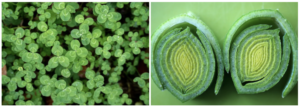
Bountiful Greens: A Nutrient-Rich Delight
In the treasure trove of nutrition and diet, there lays a brilliant emerald: dark leafy greens. Whether it’s St. Patrick’s Day or any ordinary day,
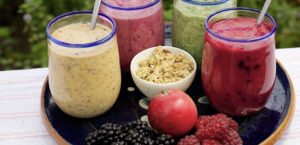
Let’s Talk About Smoothies II
Let’s Talk About Smoothies Smoothies are all the rage these days, but are they really all they’re cracked up to be? From the green vegetable

